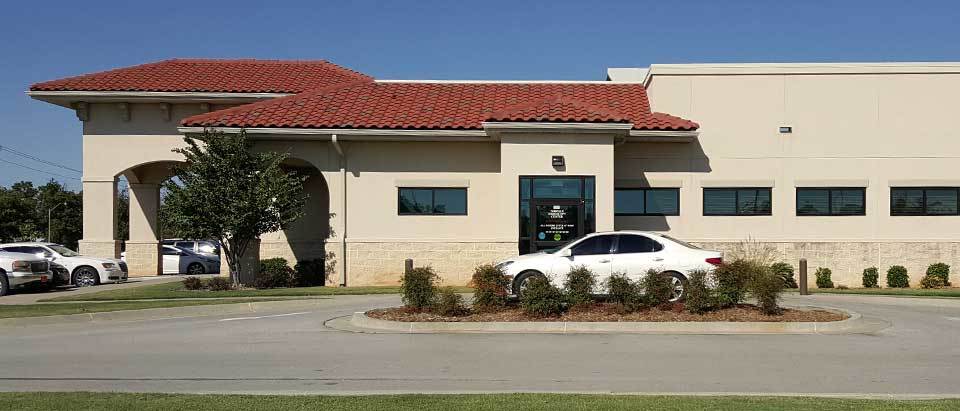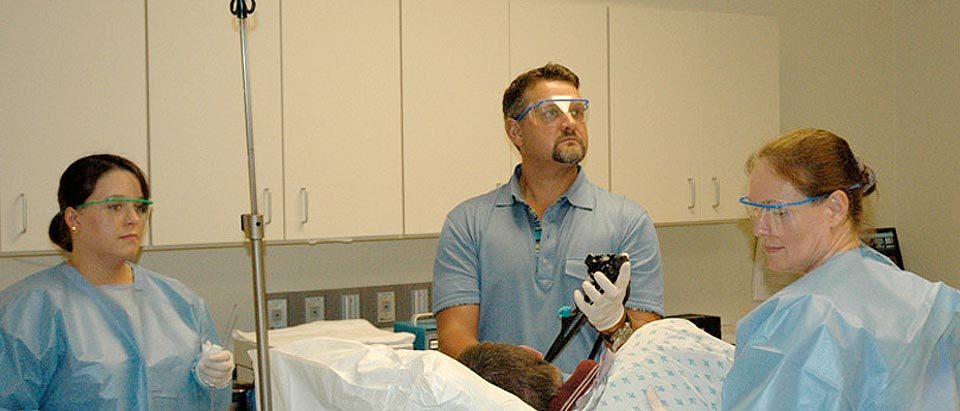Patient Education
The information provided is to give patients a basic knowledge. The best source of information regarding your diagnosis is your physician. For additional information, you may wish to contact your physician’s office and arrange for an office visit.
We have provided videos for the most common gastroenterology procedures and diseases. You may view the videos by clicking on the picture, which with open a new window to watch the video.
If you have been scheduled for an upcoming procedure, please view the appropriate video prior to your procedure. Thank you.


